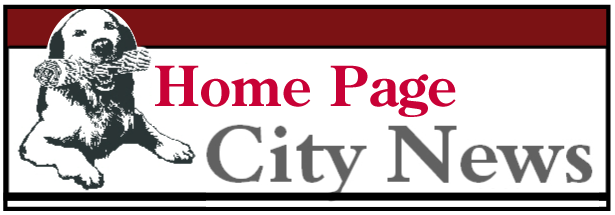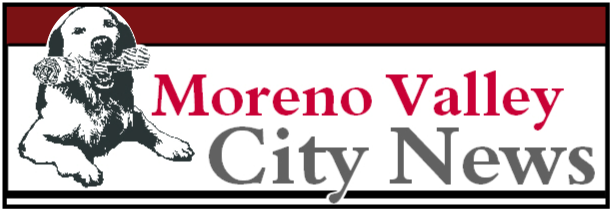LOMA LINDA>>Until October 1984, the date of Baby Fae’s historic heart transplant, Loma Linda University and Medical Center were unknown to most of the world. Then the powerful Voice of America beamed her story around the world by short wave radio. Network 9 Australia telecast her story “Down Under” live, via satellite. “Fantastico” translated her story into Portuguese and broadcast it to 20 million viewers in Brazil. Her story even prevailed over the 1984 United States presidential election.
Baby Fae never knew it, but she waged a tug-of-war with our emotions—and she won. Her story swept Loma Linda into the international spotlight. Baby Fae raised the consciousness of the world regarding the shortage of organ donors and gave humanity a new appreciation for human worth. Her story stopped one woman from committing suicide and inspired a man to become an organ donor. Within 48 hours of deciding to be an organ donor, that man died in an accident, and his heart was used in Connecticut’s first heart-transplant surgery.
Baby Fae’s daring, landmark surgery became a reference point in the public’s awareness of hypoplastic left-heart syndrome and the serious efforts being made to save doomed babies. It became the cornerstone of a successful, international, infant-to-infant heart-transplant program begun in Loma Linda about a year later. Baby Fae struck a uniquely human chord in most people. She exemplified the capacity to hope and to cheer those who take great risks to help one little person.
Today, graduates of Loma Linda University no longer need to explain where they went to school. What happened? Over the years, thousands of news stories by both print and broadcast media, continue to focus attention on contributions being made by Loma Linda University and Medical Center
Hospitals every day are involved with emotionally-charged, life-and-death issues. This is perhaps particularly true of university medical and research centers that frequently press scientific and technical limits in their quest to improve health care. Some of their programs capture intense public interest. Baby Fae changed the course of history in Loma Linda. The institution became recognized internationally. For a while Loma Linda became a household name. By the fifth anniversary of Baby Fae’s transplant surgery, Loma Linda University Medical Center had collected 60,000 news clips about the Medical Center from around the world, in a number of different languages. The magnitude and intensity of international interest was genuinely overwhelming. Instead of 1,000 media contacts a year, Baby Fae motivated 1,500 a day. She became one of the top ten U.S. news stories of 1984. There was a pathos about her story that reportedly touched many news people.
In December 1987, television news coverage of Loma Linda University Medical Center’s anencephalic infant donor protocol, an effort to determine whether brain absent newborns could donate organs, spanned 17 days, sometimes as many as three to five times a day. In one week five national television programs featured Loma Linda: “Good Morning America,” “The Today Show,” “CBS This Morning,” a 15-minute segment on the “McNeil/Lehrer News Hour,” and a 15-minute segment on ABC’s “Nightline.” The following February, the Canadian Broadcasting Corporation’s national program,
For more on what
goes on in your city, visit our website at www.lomalinda.citynewsgroup.com
and philosophy of Loma Linda University.
On January 28, 1994, the heart transplant program was the subject of a double segment on ABC’s news magazine, “20/20.” Co-host Hugh Downs told the story of Austin Peterson, a 22-day-old infant who received a new heart on August 1, 1993.
The interest continued. On May 9, 1994, the incredible story of Paul Holc was dramatized by NBC in an emotional, two-hour, made-for-television movie of the week, “Heart of a Child.” He went to heart transplant surgery at the age of three hours. On January 17, 1995, the infant heart transplant program was the subject of a two-hour documentary by CBS News in a feature, “Before Your Eyes: A Heart for Olivia.” It told the story of Olivia Lauren Kaitlyn Maize, the youngest heart transplant patient in the world, who underwent anesthesia at 1 hour and 40 minutes of age.
When six-month-old Dylan Stork flew home with his parents, Mario and Tracy, to Blackfalds, Alberta, Canada, he was met by fireworks and dozens of relatives and neighbors. He was wearing a slender gold Medic Alert bracelet, identifying him as a “Heart Transplant Patient,” and a shirt which read, “I Left My Heart in Loma Linda.” To date, the heart transplant program at LLUMC has served 337 babies under one year of age. All would have died without the surgery.
By 1993, estimates projected that the Medical Center’s Proton Treatment Center alone had received more than $100 million worth of media exposure in the previous five years with more than $1 billion worth of media exposure institution wide.
The interest in Loma Linda continued. On January 24, 1995, the Wall Street Journal featured a front-page story on pallidotomy, a delicate and sophisticated neurosurgery performed by Robert P. Iacono, MD, at LLUMC to treat Parkinson’s disease. As a result, the following week the procedure was viewed nationwide on NBC’s “Prime Time Live” by 24 million people.
Between 1996 and 2000, 750 newspapers with more than 45 million estimated readers published stories regarding the Medical Center’s Proton Treatment Center. The James M. Slater, MD, Proton Treatment and Research Center was the only hospital-based facility of its kind in the world for more than 10 years. Today, there are at least 28 other proton treatment centers in the United States and more than 100 around the world considering those in operation, under construction, and those in the planning stages. Because protons cause fewer negative side-effects than x-ray, gamma rays, and neutrons, cancer patients experience greater quality of life. And that’s why almost 20,000 patients have come to Loma Linda for proton therapy from 49 countries.











